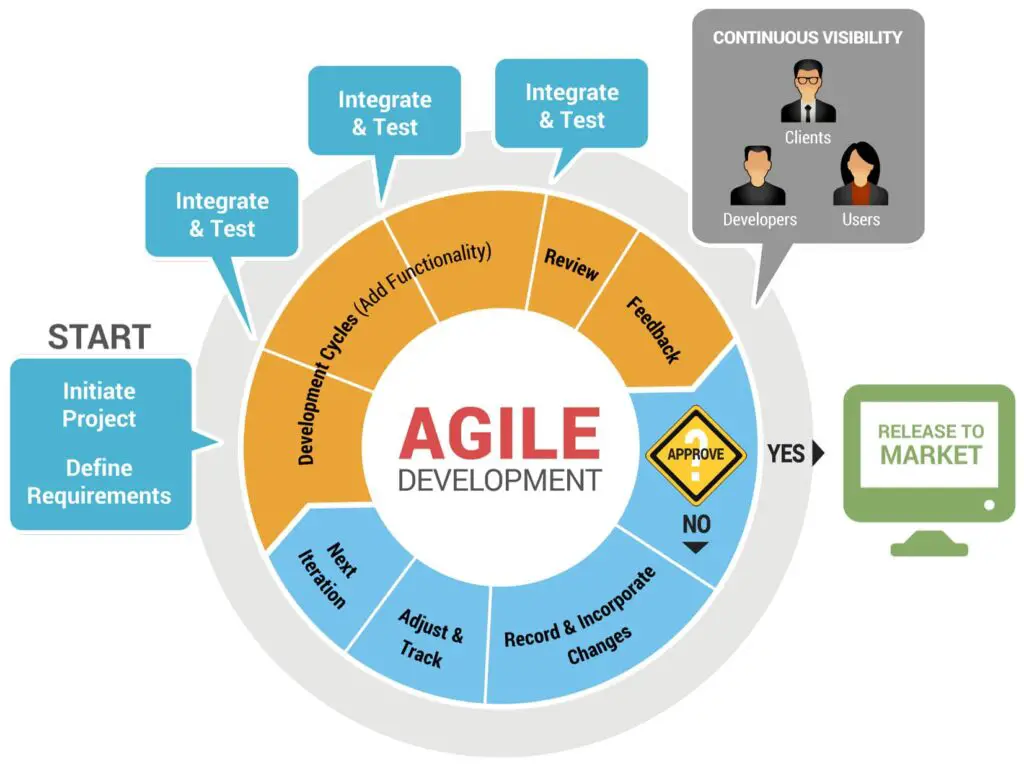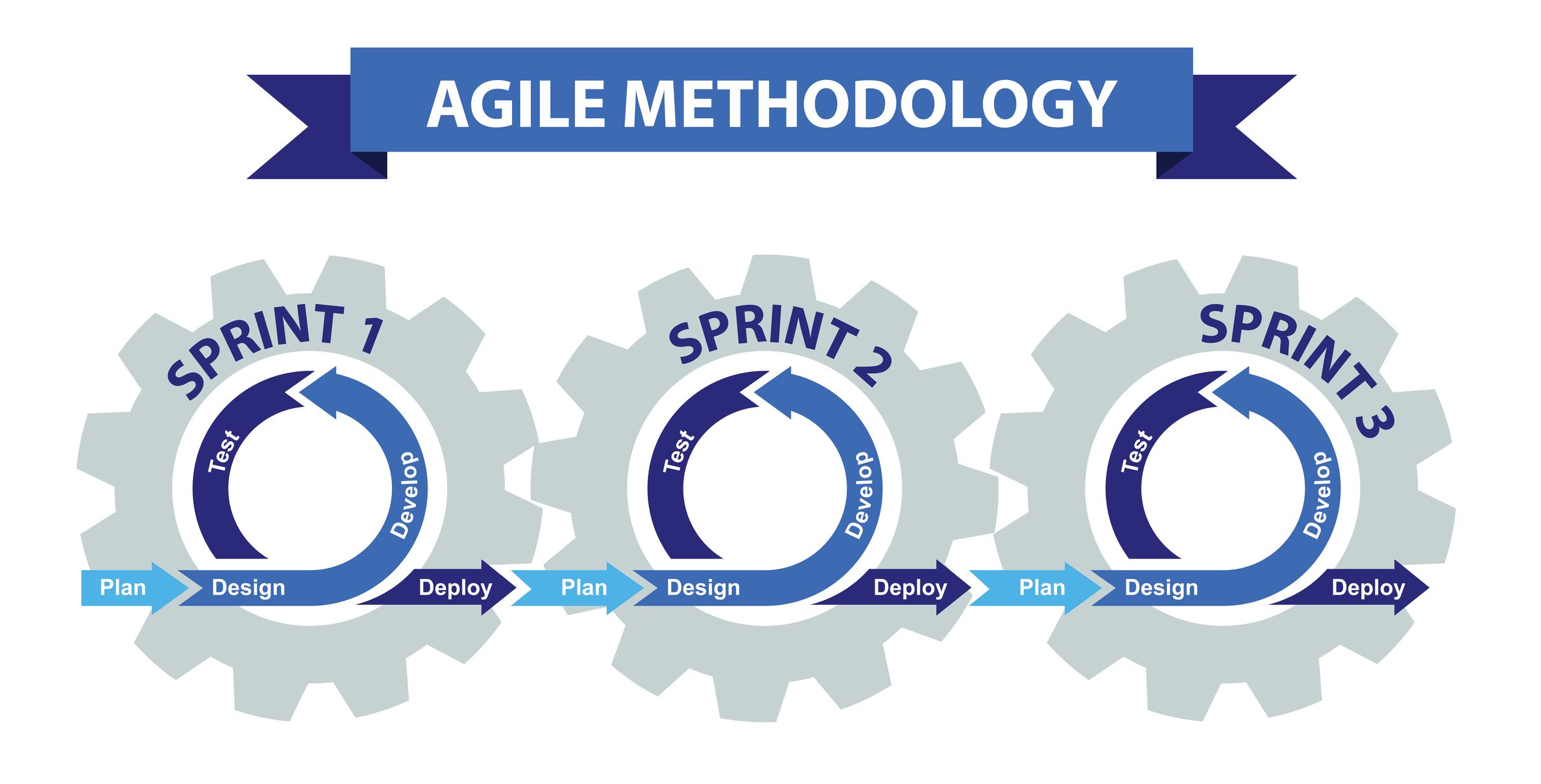Agile Approach Anomalies: Mistakes In Agile Development And How To Fix Them

Agile development has become the go-to approach for software development teams worldwide, enabling them to respond quickly to changing requirements, deliver value faster, and improve team collaboration. However, even with the best intentions, teams can encounter anomalies or make mistakes that hamper their agile journey. Here are some common agile approach anomalies and how to address them effectively:

-
Lack of User Involvement: Agile development emphasizes close collaboration with stakeholders, but sometimes teams may neglect user involvement. This can lead to misaligned deliverables and dissatisfied end-users. To rectify this, ensure regular feedback sessions with users throughout the development lifecycle, gathering their insights and incorporating them into the product roadmap.

-
Scope Creep: Agile teams strive to deliver incremental value, but scope creep can occur when additional features or requirements are added without proper planning. This can overburden the team and delay project delivery. To prevent scope creep, clearly define the project scope at the outset and establish a change management process to handle any necessary modifications.
-
Team Silos and Communication Breakdown: Agile teams are often cross-functional, but communication breakdowns can hinder collaboration and productivity. When team members work in silos, information sharing and decision-making can become fragmented. To address this, foster open communication channels, encourage active listening, and conduct regular team retrospectives to identify and resolve any communication barriers.
-
Inadequate Testing and Quality Control: In the pursuit of speed and iteration, teams may sometimes compromise on testing and quality control. This can result in defects and bugs that impact the overall product quality. To mitigate this, establish a comprehensive testing strategy, allocate sufficient time for testing activities, and encourage continuous integration and delivery (CI/CD) practices to automate testing and ensure product quality.
-
Lack of Management Support and Buy-in: Agile adoption requires support and commitment from management. Without their buy-in, teams may face resistance and challenges in implementing agile principles effectively. To gain management support, clearly communicate the benefits of agile, provide regular progress updates, and seek their guidance and input throughout the development process.
-
Rigid Adherence to Scrum: Scrum is a popular agile framework, but blindly following its principles without considering the team’s context can be detrimental. Teams need to adapt agile practices to suit their unique needs and environment. Encourage flexibility, allow for customization, and foster a learning mindset to tailor the agile approach to the specific project requirements.
-
Neglecting Continuous Improvement: Agile emphasizes continuous learning and improvement, but teams may fall into the trap of focusing solely on project delivery. Neglecting continuous improvement can hinder team growth and adaptability. To foster continuous improvement, conduct regular retrospectives, encourage feedback, and proactively identify areas for improvement to enhance the development process and deliverables.
Embracing an agile approach offers numerous benefits, but teams need to be mindful of potential anomalies and address them proactively. By understanding these common mistakes and implementing effective solutions, teams can optimize their agile development practices, deliver better products, and achieve greater success in their software development endeavors.
